Genocide is the core of Russian culture – Ukraine has only one chance
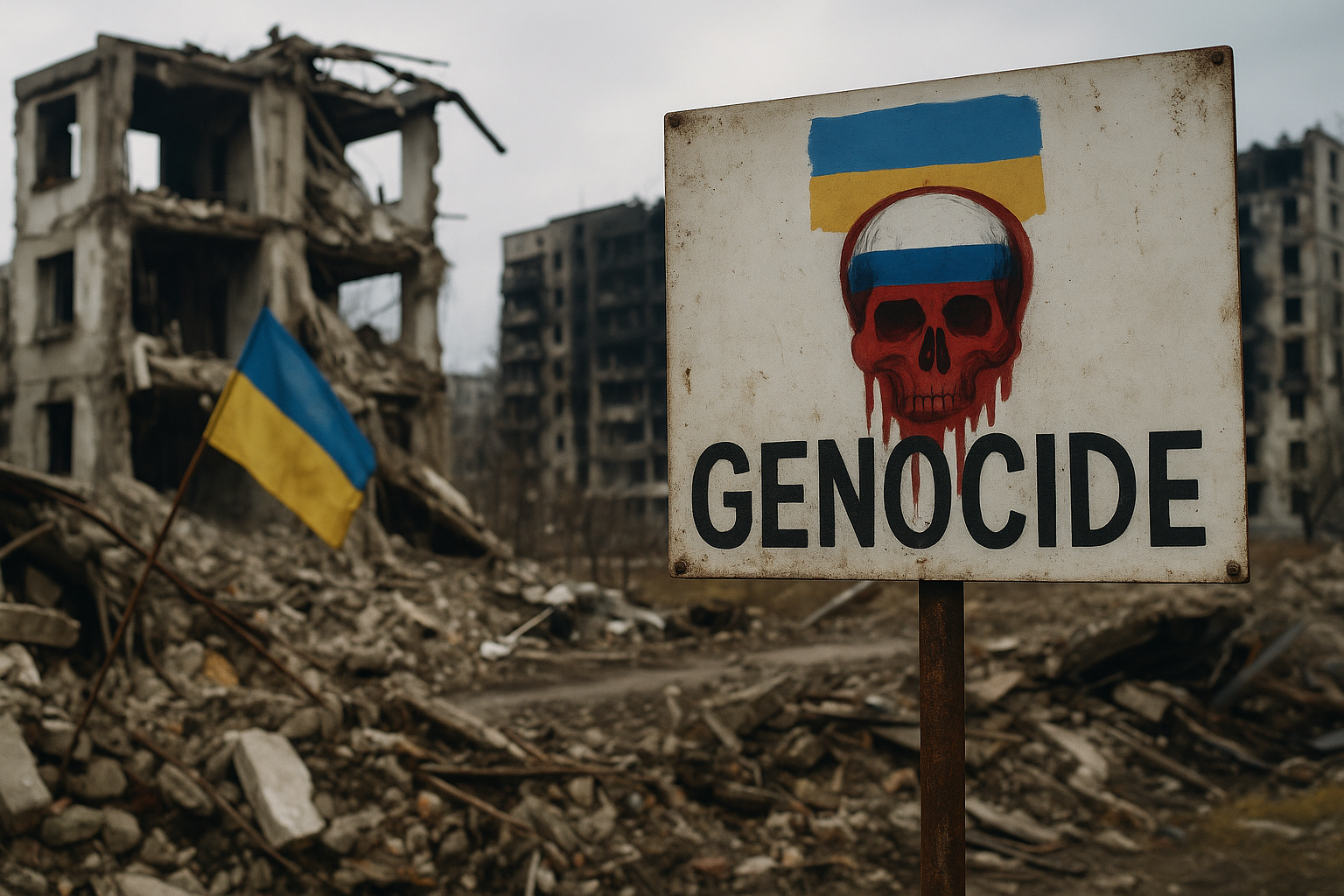
For Ukrainians, there is this one choice, one chance. To stop fighting now would not mean peace—it would mean silence, subjugation, and the slow suffocation of an entire nation under the weight of Russian imperialism.
Every town and village that has fallen under Russian control in this war tells the same story: torture chambers, mass graves, disappearances, and cultural annihilation. These are not aberrations. This is how Russia wages war. More disturbingly, this is Russian culture.
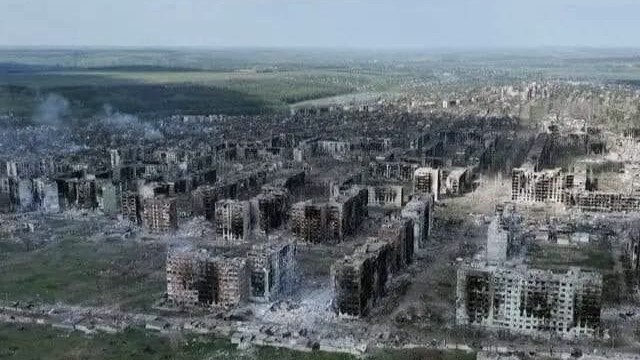
As only one example, the tragic case of journalist Victoria Roshchyna lays bare the brutality of Russian occupation. Abducted in Zaporizhzhia in 2023, she was held for months in SIZO-2, a Russian prison notorious for torture. When her body was returned, it showed signs of horrific abuse: missing eyes, brain, and larynx—most likely removed to conceal the extent of torture. She was not a soldier. She was a civilian journalist. And Russia did what they do. But she was far from alone.
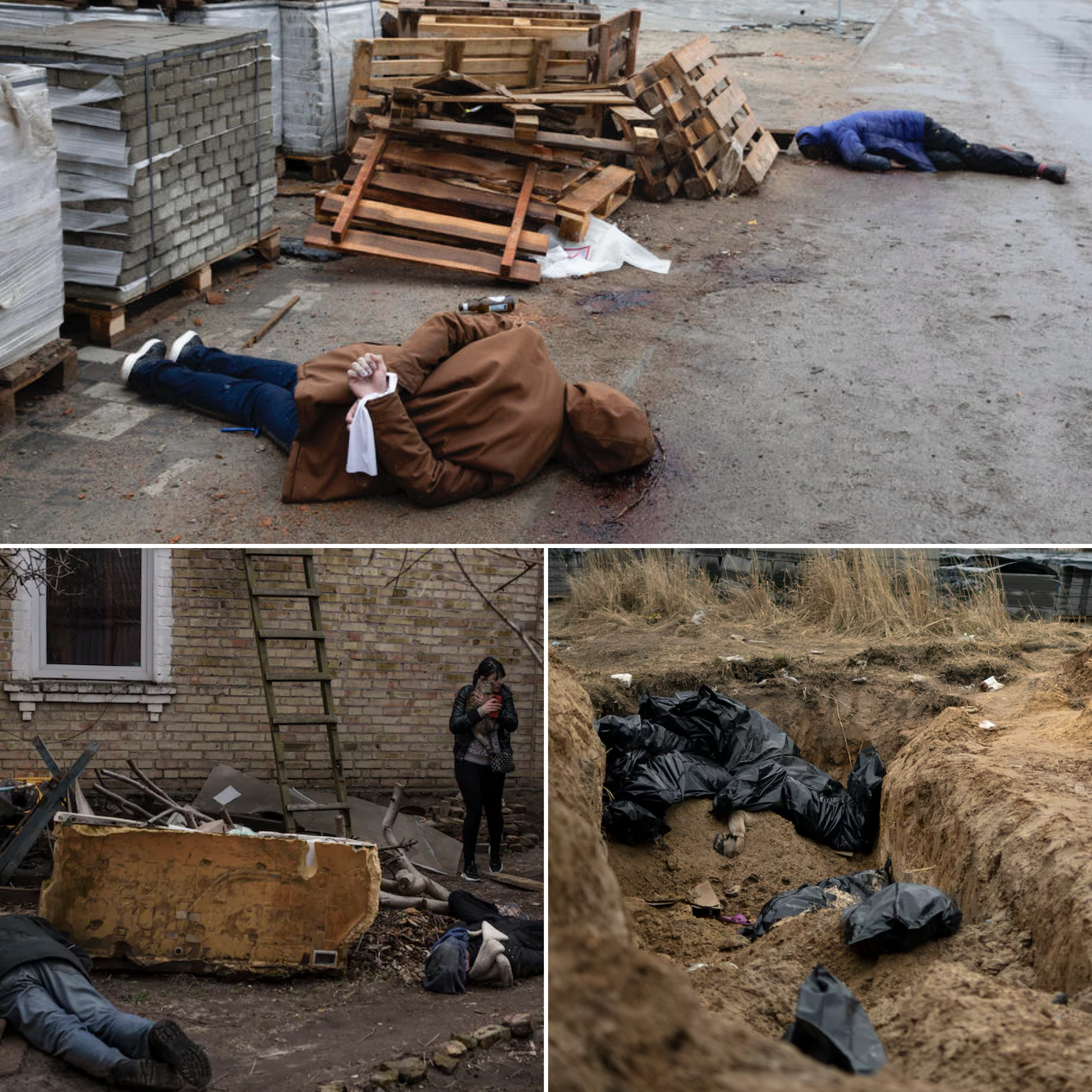
In Bucha, the world watched in horror in 2022 as mass graves were uncovered after the Russians withdrew. Civilians shot with hands tied behind their backs. Women raped, children murdered in front of their parents, homes looted. In Irpin and Hostomel, the same pattern: summary executions, basements made into makeshift torture chambers, civilians used as human shields. Russians leave behind not just bodies, but a trail of horror meant to terrify and pacify.
In Kherson, after liberation, investigators found a network of torture chambers run by Russian forces and FSB agents. Victims described electrocution, beatings, forced confessions, and psychological torment. A torture chamber was even discovered in a children’s hospital. In Izyum, a forest became a graveyard—over 440 bodies exhumed, many showing signs of violent death. Among them were entire families.
These are not isolated incidents. They are part of a deliberate pattern of occupation. When Russia takes territory, it brings with it a system of terror. And it doesn’t stop with physical violence.
In occupied territories, Ukrainian books are burned. Ukrainian language is banned from schools. Children are indoctrinated with Kremlin propaganda. Deportations—often of children—are routine. According to official Ukrainian sources, over 19,000 children have been abducted and deported to Russia. Many are placed with Russian families and stripped of their identities. This is not “liberation.” It’s ethnic cleansing.
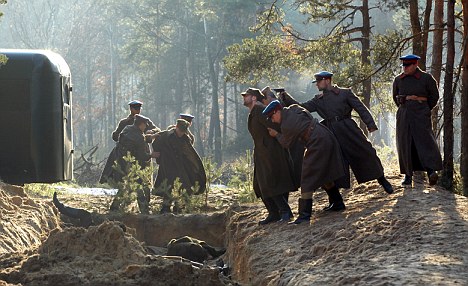
The international community has seen this before. The Baltics remember. Under Soviet rule, entire populations were deported to Siberia. In 1949’s Operation Priboi, nearly 100,000 Lithuanians, Latvians, and Estonians were ripped from their homes. The goal was clear: break national resistance, erase national identity.
Poles remember the Katyn massacre, where 22,000 Polish officers and intellectuals were executed by the Soviet NKVD in 1940. Czechs remember the tanks that entered Prague in 1968. East Germans remember the wall, the secret police, and the disappearances. Every nation once occupied by Russia remembers the same thing: to be under Russian control is to live in fear.
Even within Russia, this pattern holds. Dozens of cultures—Tuvans, Chuvash, Udmurts, Buryats—have been assimilated, silenced, or erased. Independent media is gone. Political opposition is jailed or killed. Chechnya is ruled by terror. Dagestan is policed into silence. Russia has become a prison of nations, and it seeks to pull Ukraine back behind its bars.
This behavior is not just a wartime strategy. It’s embedded in the political culture of the Russian state. From the Tsarist empire to the Soviet Union to Putin’s regime, Russian imperialism has relied on mass repression, forced assimilation, and brutal violence to maintain control.
Whether it’s Warsaw in 1831, Budapest in 1956, or Mariupol in 2022, the method is the same.
That’s why Ukrainians fight. Because they know what happens when you don’t. For decades, Ukraine endured forced famines, mass arrests, gulags, and cultural erasure under Moscow’s control. Millions died in the Holodomor. Churches were blown up, writers executed, language forbidden. It took generations to recover. Ukraine will not go back.
Those calling for negotiations fail to understand this. Russia does not want a peaceful compromise. It wants submission. A ceasefire today would mean more Viktoriia Roshchynas tomorrow. More torture chambers. More mass graves. More children stolen. And decades of silence.
Ukraine’s resistance is not just military. It is cultural, moral, and existential. Every town defended, every drone launched, every act of defiance is a statement: we will not go quietly into another century of Russian repression.
Ukrainians know what’s at stake. So do Lithuanians, Estonians, Poles, Czechs, Georgians, and Finns. They’ve lived it. They know the only language Russia respects is resistance. And they know that appeasement only feeds the beast.
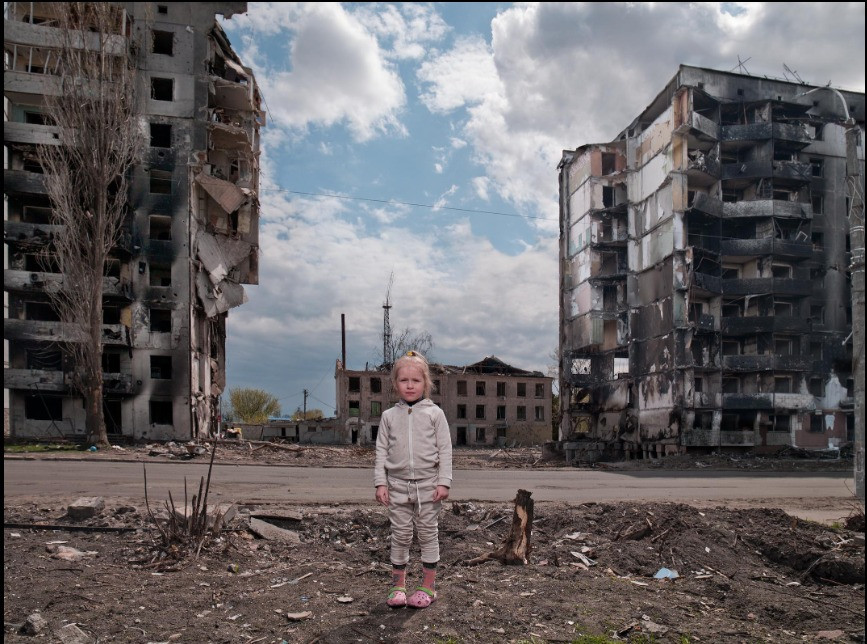
That is why Ukraine must be armed supported, and defended—not just for its own survival, but for the future of every nation that still believes in freedom. Because if Russia wins in Ukraine, the lesson to the world is clear: brutality works, borders don’t matter, and nations can still be erased.
Ukrainians fight today so their children don’t have to grow up behind barbed wire, speaking someone else’s language, told their culture never existed. They’ve tasted freedom and have no plans to go back.